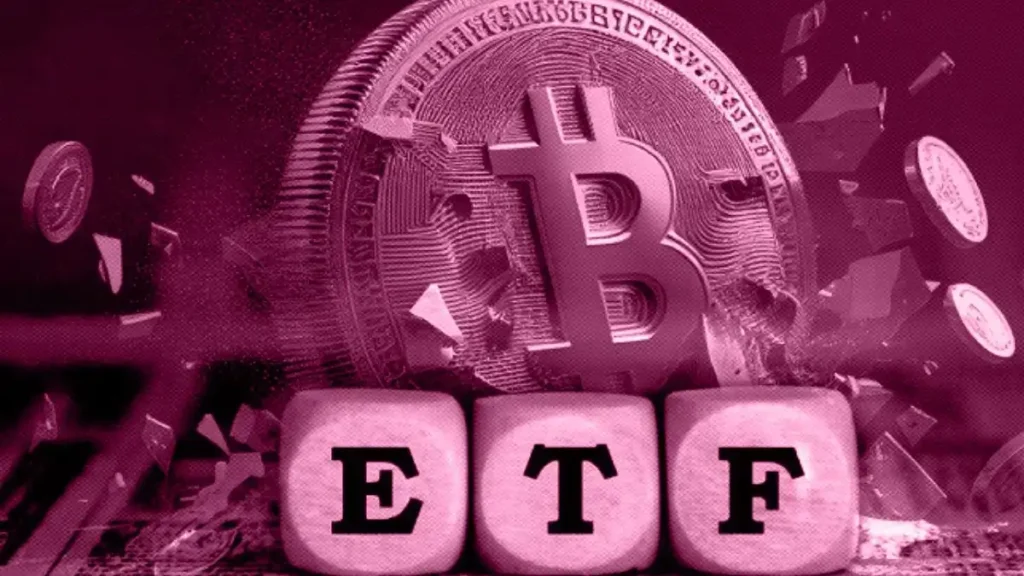Since its start, cryptocurrency has gone from being a niche interest to a popular financial asset that millions of people around the world want to trade in. As the world of digital currencies grows, so does the attention of regulatory groups that want to make sure everyone is playing by the rules and paying their taxes. “Wash sales” is one of the many terms buyers need to know, especially when it comes to cryptocurrencies. We’ll talk about the concept of Crypto Wash Sales, the Crypto wash sale rule, and what it means for investors. To know about the crypto wash sale first we need to know what is a wash sale.
What is a wash sale?
A wash sale is when you sell stocks for a loss and then purchase the same stocks within 30 days from the date of sale. Let’s understand it with the help of an example.
Suppose, you are interested in buying the shares of Reliance Industries which are currently trading at Rs.3000. You purchase around 10 shares of Reliance Industries at Rs. 3000 per share. After a month or so, the share price of the stock declines to Rs. 2500 per share. Now, you decide to book a loss and sell all of your 10 shares for Rs. 500 per share. As a result, you end up with a loss of Rs. 5,000. However, after some days of selling the shares for a loss, you decide to buy the shares once again. Now, when you purchase the stock of Reliance Industries for the second time, the transaction that you made where you sell the 10 shares of Reliance Industries for a loss of Rs.5,000 would automatically be termed as a “wash sale”.
What is the Crypto Wash Sale?
Tax-loss harvesting is a smart way to reduce the taxes you owe by selling off investments that have decreased in value. This method lets investors claim a capital loss. This can help lower the taxes they owe on profits from other investments or even reduce their taxable income by up to $3,000 every year. A wash sale happens when someone sells an investment, like cryptocurrency or stocks, at a loss and then buys the same. The idea is to claim a loss for tax purposes without really giving up the investment.
In the U.S., if someone sells their crypto for a loss and buys it right back, it’s considered a wash sale. The wash sale rule exists to stop people from claiming tax losses on investments they still own. To avoid breaking this rule, the simplest strategy is to wait 30 days before buying the same asset again. However, the risk is that the asset’s price may change significantly during that time, affecting the potential benefits of this strategy.
The IRS hasn’t specifically said that this rule applies to cryptocurrencies yet, but with more attention from regulatory bodies, there’s a chance rules could become stricter to close any loopholes. For those who prefer to play it safe, it’s probably best to steer clear of crypto wash sales. And if you’re unsure, it might be a good idea to talk to a crypto tax expert. Speaking of India, the wash sale rule doesn’t exist in India.
The Traditional Stock Market vs. Cryptocurrency
In the stock market, wash sales are clearly defined and regulated by the IRS. If an investor triggers a wash sale, the loss from the transaction is not allowed for tax purposes. Instead, the loss is added to the cost basis of the repurchased stock, delaying tax deductions until the final sale.
Cryptocurrencies, however, have operated in a somewhat grey area regarding wash sales. Until recently, the lack of explicit IRS guidance on whether cryptos were subject to the same wash sale rules as stocks and bonds left a loophole. Investors could sell a cryptocurrency at a loss, immediately buy it back to maintain their position, and still claim the loss for tax deductions. This practice offered a tax advantage by allowing investors to realize losses to offset gains while maintaining their investment position.
What is the Crypto Wash Sale Rule?
IRS does have a wash sale rule. People in the US break the “wash sale rule” when they trade or sell an asset for less than it’s worth and then within 30 days buy back a “substantially identical” asset. Investors who do this can’t claim a financial loss.
The US wash sale rule, on the other hand, only applies to securities right now, which means stocks, bonds, and other financial objects. According to the IRS wash sale rule, you would not be able to claim a capital loss if you bought GME stock, sold it at a loss, and then bought it back. The IRS doesn’t consider most cryptocurrencies to be assets; they consider them to be property. The IRS wash sale rule doesn’t apply to crypto right now.
How will it impact your Tax Bill?
The crypto wash sale rule is a crucial aspect of the tax code that can significantly impact your tax bill. This rule does not allow the loss for tax purposes if you sell an investment at a loss and then repurchase the same or substantially identical asset within 30 days before or after the sale. This means you cannot claim a deduction for the loss on your tax return. Instead, this loss is added to the cost basis of the newly acquired asset, preventing artificial loss creation via short-term stock or security sales and repurchases.
By doing so, individuals could potentially offset their gains with losses and lower their overall taxable income. Understanding and considering the crypto wash sale rule is crucial for investment and tax planning to avoid unintended consequences. With the rule not applying to crypto, many U.S. investors strategically harvest tax losses throughout the year. This practice can offer significant tax benefits under the current regulations.
However, as more people jumped onto the crypto train, the IRS and other taxation agencies started paying closer attention. They began to hint that the days of the crypto wash sale loophole might be numbered. The idea is to make the tax rules fair across the board, whether you’re trading stocks, commodities, or cryptocurrencies.
How Catax helps you
Catax, a comprehensive crypto tax calculator and portfolio tracker, offers valuable tools for investors. With Catax, you can monitor your crypto portfolio’s performance, view both realized and unrealized gains and losses, and identify underperforming assets for tax loss harvesting before the end of the financial year. This service is essential for making informed decisions and optimizing your tax position in the dynamic world of cryptocurrency investing.
Catax does more than just crunch numbers for your crypto taxes; it’s a tool that lets you monitor how your crypto investments are doing, both in the big picture and the finer details. With Catax, you’re able to see the profits and losses you’ve actually cashed in on, as well as those still on paper, over the fiscal year. It also helps you spot which investments aren’t doing too well, giving you a chance to strategize for tax loss harvesting before the financial year wraps up.
Explore:
FAQs on Crypto Wash Sale
A wash sale happens if you sell shares at a loss and buy the same ones back within 30 days. This action cancels the tax benefit of the loss.
A crypto wash sale occurs when you sell crypto at a loss and then quickly repurchase the same. This move lets you report a tax loss but keep your investment.
The latest IRS rules say cryptocurrencies are property, not securities. Because of this, the U.S. doesn’t apply the usual wash sale rule to crypto trades.
The IRS hasn’t directly applied the wash sale rule to cryptocurrencies yet. However, as regulations tighten, this might shift. It’s wise to talk to a tax expert.
Engaging in wash sales with stocks can prevent you from claiming a capital loss on your tax return, potentially increasing your tax bill. However, this rule does not apply to crypto under current regulations.
Catax tracks and analyzes crypto portfolios. It calculates both realized and unrealized gains and losses. This tool helps investors find tax loss harvesting opportunities.
Right now, rules might not clearly ban crypto wash sales, but things are changing. Investors need to stay alert for any new rules to keep up with tax laws in the future.



